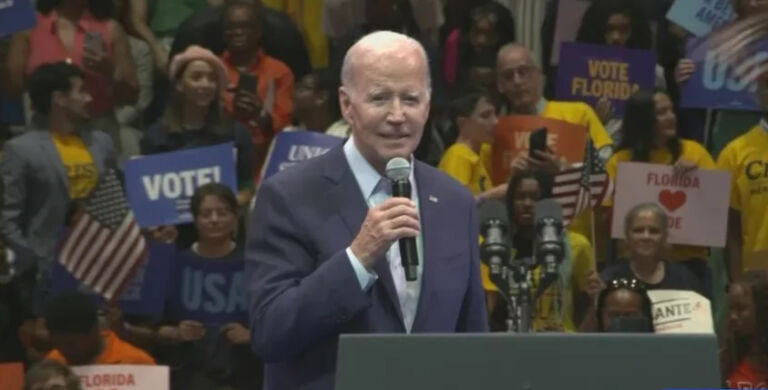North Carolina’s unemployment rate increased to 3.5% in August after remaining flat at 3.4% for four consecutive months prior, according to the latest release from the North Carolina Department of Commerce. This represents the first increase in the state’s unemployment rate since April 2020, when the unemployment rate jumped to 14.2%.
Nationally, the unemployment rate increased from 3.5% in July to 3.7% in August. Since the massive spike in unemployment from the Covid-19 pandemic shutdowns, unemployment has risen only twice: in June 2021 (from 5.8% to 5.9%) and in January 2022 (from 3.9% to 4.0%). The August increase marks the largest increase since April 2020.
In North Carolina, the number of people employed increased by 1,375 over the month while the number of unemployed grew by 7,904.
The state’s seasonally adjusted labor force participation rate (the number of employed and unemployed looking for work divided against the state’s noninstitutionalized civilian population above age 16) has increased steadily since December 2021. August’s rate, however, remained unchanged from July’s rate of 60.6%. Before the pandemic, the rate was 61.3% in February 2020.
If labor force participation were at pre-pandemic levels, North Carolina would have about 59,190 more people in the labor force.
Moreover, inflation continues to stretch families’ budgets as it surpasses any wage gains. In North Carolina, according to the most recent data, wages increased 0.17% over the month (not seasonally adjusted) from $1,027.29 to $1,029.08.
Over the past year, average private wages are up 3% in the state. Even so, inflation overtakes these wage gains, causing real wages to fall over the past year. At an annualized rate of 8.3%, inflation is a tax on all Americans, but low- and middle-class households are most harmed. Savings, too, are devalued.
To make matters worse, average work hours in North Carolina have steadily decreased. Average private work hours per week decreased 0.3% over the month and 2.3% over the year. Struggling businesses are cutting back on work hours.
After months of recovery, the state’s labor force appears to be running out of steam. Unemployment has increased, and the labor force is not growing. Businesses are struggling to hire workers and are forced to cut work hours, while wage growth is not keeping up with inflation.


